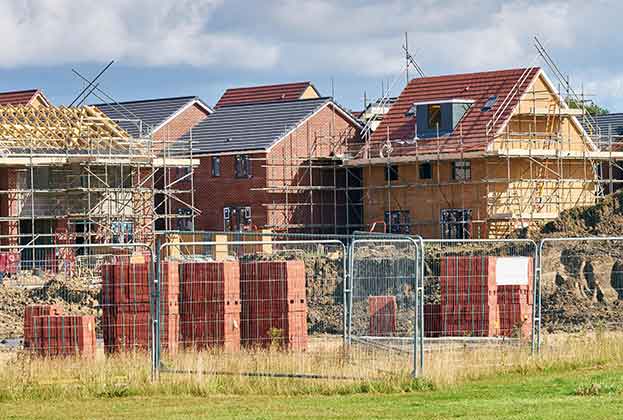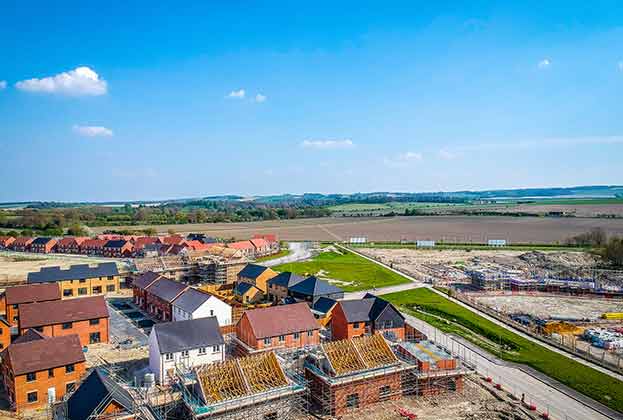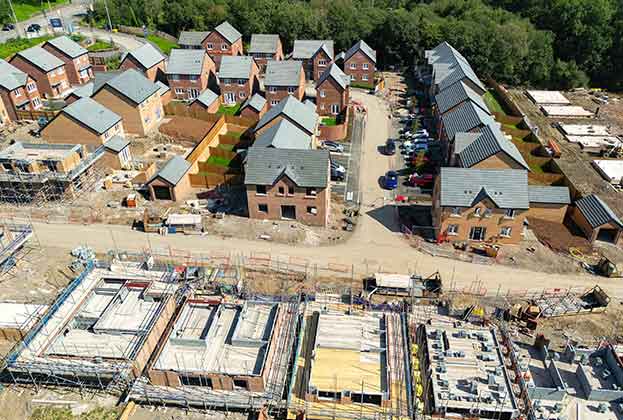There is a shortfall of more than 90,000 residential consents a year in areas of England where housing need is highest, according to a new Savills report. This is the equivalent of over 700 homes delivered per year in every high-demand district.
Although the National Planning Policy Framework (NPPF) has helped boost overall consent numbers – there has been a 56 per cent increase in annual consents in the four years since the NPPF was introduced – it has not achieved its stated goal of responding to market signals and planning for homes in areas where affordability is the most stretched, particularly London and its surrounds.This means that we are not building enough homes in areas where they are most needed to improve affordability and support economic productivity.
Each local authority in England was assessed on its post-NPPF Local Plan Status, its five-year land supply and how it performs on the proposed Housing Delivery Test (HDT) outlined in the Housing White Paper. The assessment identified 10 local authorities that are particularly constrained (see table, below) in that they cannot demonstrate a five-year housing supply and have a housing affordability ratio greater than the national average. Only one of the authorities has a post-NPPF local plan in place. In terms of geography, all 10 of the authorities are in the South East and are strongly connected to London and face the additional challenge of containing land designated as Green Belt that is a constraint on land supply.
.jpg)
.jpg)



.jpg)


.jpg)

.jpg)
